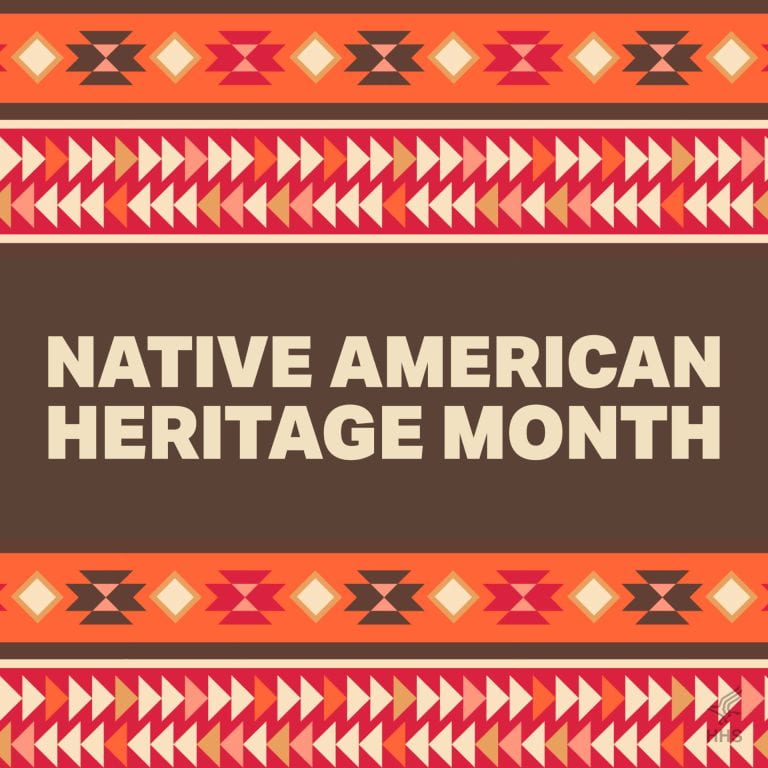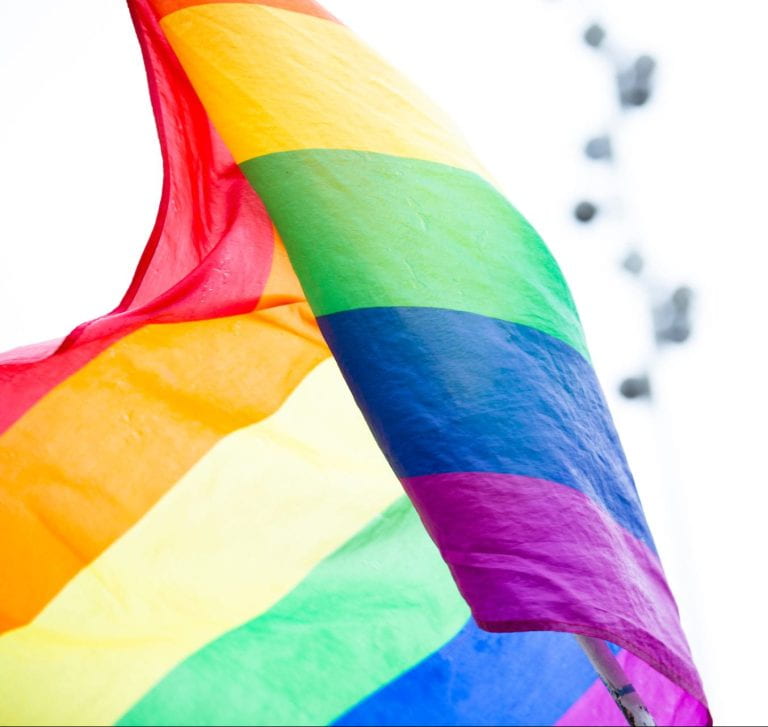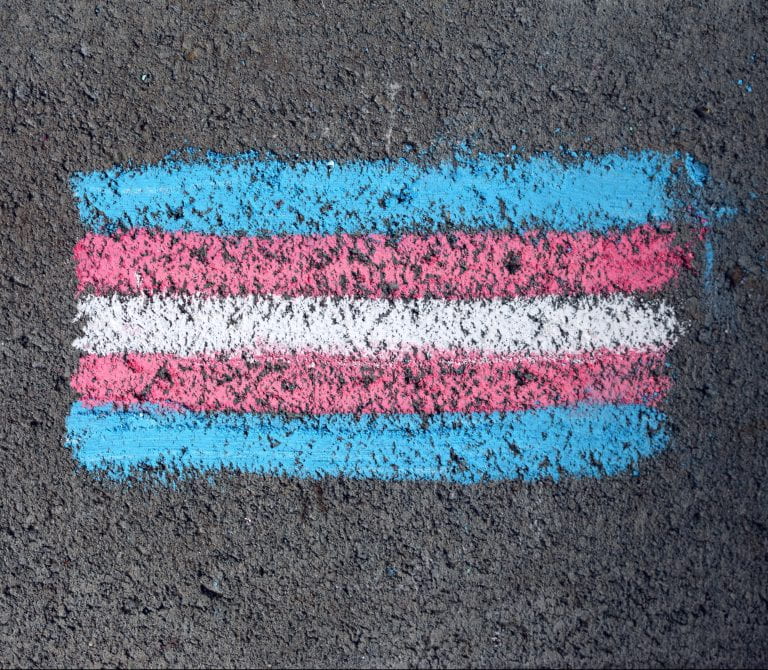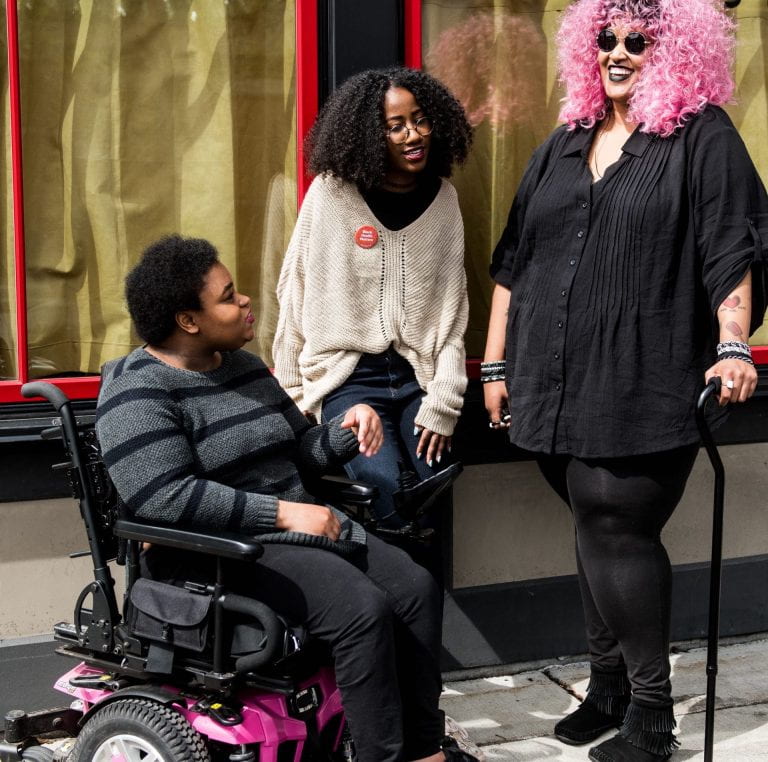Aubrey Gordon is the creator of Your Fat Friend, the co-host for the Maintenance Phase podcast and the author of two books, “You Just Need to Lose Weight” and 19 Other Myths about Fat People and What We Don’t Talk About When We Talk About Fat. Gordon’s writing critically examines the messaging around health, wellness and weight, particularly in the social and cultural environment in the United States. She writes in the introduction of What We Don’t Talk About When We Talk About Fat, “...fat people face overwhelming discrimination in employment, healthcare, transit, the treatment of eating disorders, and more.” (Gordon, pg. 5, 2020)
Gordon describes her body of work as fat justice which is distinct from body positivity. She acknowledges the benefits of the body positivity movement, but also notes that like many mainstream movements, it leaves the more marginalized members behind. “Acceptance is a step forward, but it’s a far cry from centering fat people’s humanity in our cruel and ceaseless conversations about fat bodies.”(Gordon, pg. 7, 2020)
What We Don’t Talk About When We Talk About Fat is a text that is accessible to many readers. Gordon uses a strong personal voice in each chapter. By drawing on her memories and experiences as a fat person, she shows the cruelty she and others face because of their weight. From those anecdotes, she extrapolates broader messages around weight and fatness and how those messages harm people in larger bodies.
In the chapter ‘First, Do No Harm’ Gordon opens with a story about a negative medical appointment, one of many such disappointing appointments she experienced whenever she sought medical care. The chapter starts with the line “I was twenty-six years old the last time I saw a doctor.”(Gordon, pg. 139, 2020) From there, Gordon lays out what brought her to the doctor, the anxiety she experiences prior to her appointment and the defense mechanisms she relies on to endure the encounter. Near the end of the visit, Gordon describes a terse exchange where the doctor suggested she lose weight in response to her diagnosis of an ear infection. “He glared for a moment, heaved another sigh, then left, his door slam thwarted by the muted, slow work of the door’s quiet hinge. We were both frustrated, and neither of us got what we were looking for.”(Gordon, pg. 140, 2020) To contrast this opening story, she ends the chapter with a more recent appointment that was both cathartic and revelatory. “All the years of effort, all the machinations to avoid humiliation and erasure, and someone had finally noticed. Later that day, I realized that despite years of trying, no one had ever told me that I cared about my health. And I did. I do.” (Gordon, pg. 153, 2020)
Gordon also cites extensive research to support her claims in the book. She cites academic journals such as BMC Medicine, Journal of the American Academy of Nurse Practitioners and the American Journal of Preventive Medicine. She also pulls information from mainstream news and media outlets such as pop culture shows like Law & Order, The New York Times, Allure Magazine and the Chicago Tribune. As Gordon writes in the opening chapter, this book is “a mix of memoir, research, and cultural criticism…” (Gordon, pg. 4, 2020) The analysis in the book provides a much more complex portrayal of weight, dieting and weight stigma than what is often presented in mainstream media or in virtual spaces.
What We Don’t Talk About When We Talk About Fat is a challenging, but worthwhile read. Gordon confronts common and harmful myths about weight and people living in larger bodies. She ties her work with the broader theme of body autonomy and her book ends on a hopeful note as she imagines a world that is not obsessed with weight loss or harmful dieting messaging. “I also believe that my life is worth living, worth embracing, worth loving, and celebrating. And it’s worth all of that now–not two hundred pounds from now.” (Gordon, pg. 161, 2020) For some readers, this book may be an introduction to concepts such as Health At Every Size, fat liberation, universal design and other ideas. For other readers, Gordon’s book may be an affirmation of their own lived experiences and a source they can rely on when engaging in these conversations with the people in their lives. Though this book is short, it is packed with information that will encourage you to reflect on the impacts of diet culture and how we can build a more holistically healthier society.












